Air pollution 'causes 467,000 premature deaths a year in Europe'
- Published
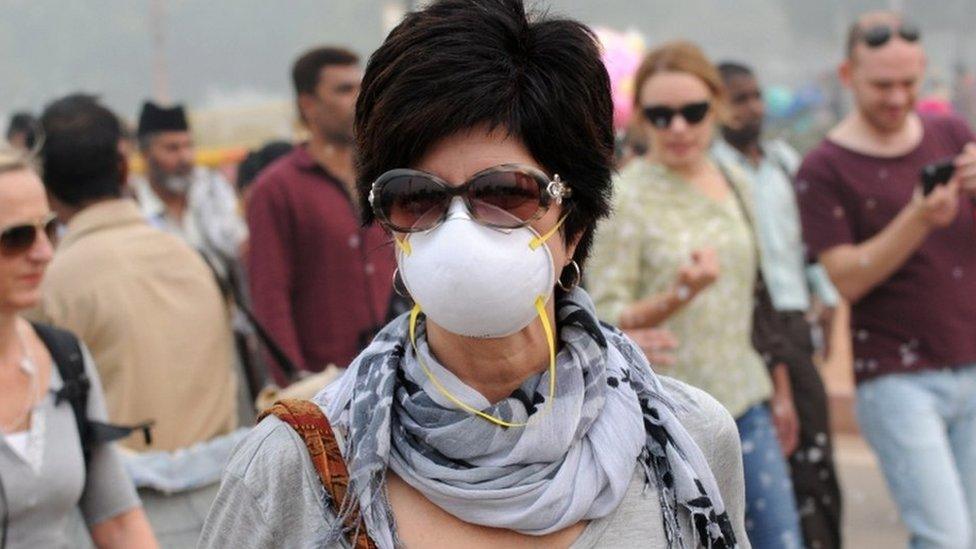
Anti-pollution masks are becoming a more common sight in Europe's polluted cities
Air pollution is causing around 467,000 premature deaths in Europe every year, the European Environment Agency (EEA) has warned.
People in urban areas are especially at risk, with around 85% exposed to fine particulate matter (PM2.5) at levels deemed harmful by the World Health Organization (WHO).
These particles are too small to see or smell, but have a devastating impact.
PM2.5 can cause or aggravate heart disease, asthma and lung cancer.
How big is the problem?
It's pretty bad. Within the European Union (EU), more than 430,000 people died prematurely due to PM2.5 in 2013, the most recent year with figures available.
According to the EEA's Air quality in Europe - 2016, external report, the toxic gas nitrogen dioxide (NO2) - released by vehicles and central heating boilers - has an impact equivalent to 71,000 premature deaths a year.
Ground-level ozone (O3) is also killing people - an estimated 17,000 annually in the EU.
Unlike the protective ozone layer in the stratosphere, ground-level ozone is harmful, formed when emissions like NO2 react with other pollutants and "cook" in heat or sunlight.
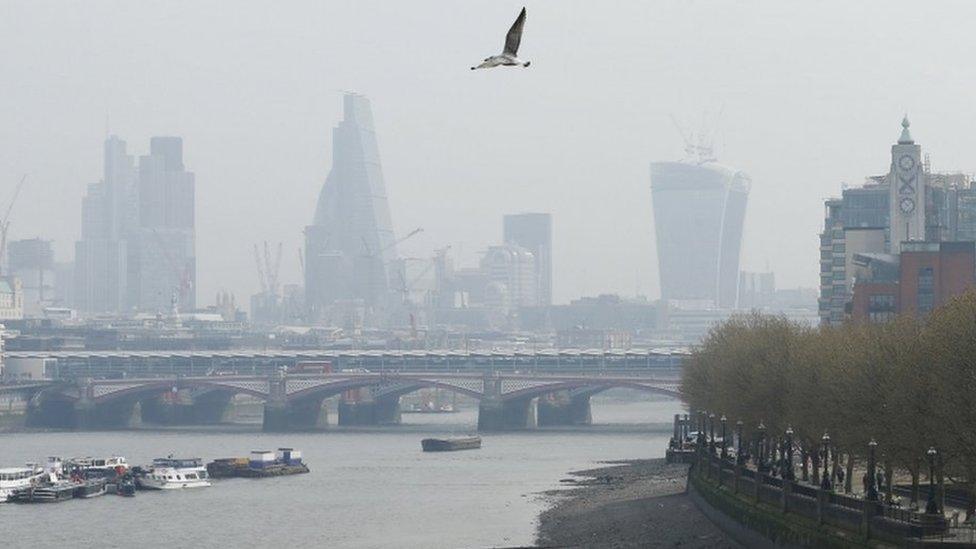
In cities like London, air pollution is causing lung damage even in otherwise healthy people
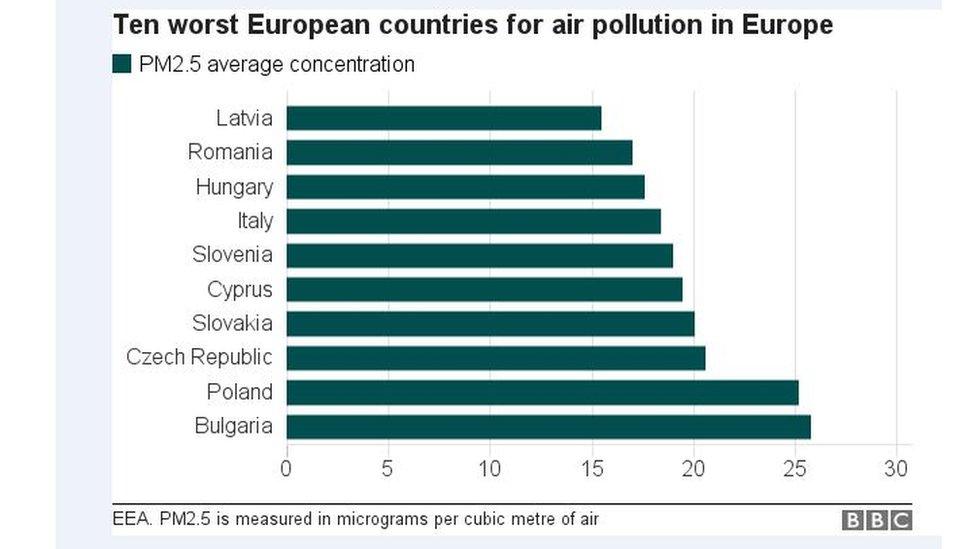
The European countries with the worst levels of PM2.5 are Bulgaria, Poland and the Czech Republic.
Nations like Poland where coal is a major source of electricity production tend to rank at the bottom of air quality measures, according to the EEA.
In 2013, Bulgaria provided four of the five worst European cities for high particulate matter. Costs to ill-health from coal power plants in the country are estimated to be up to €4.6bn, external ($4.8bn; £3.9bn) per year.
In the UK, air pollution overall costs the economy more than £20bn per year, external - just under 16% of the NHS's annual £116bn budget.
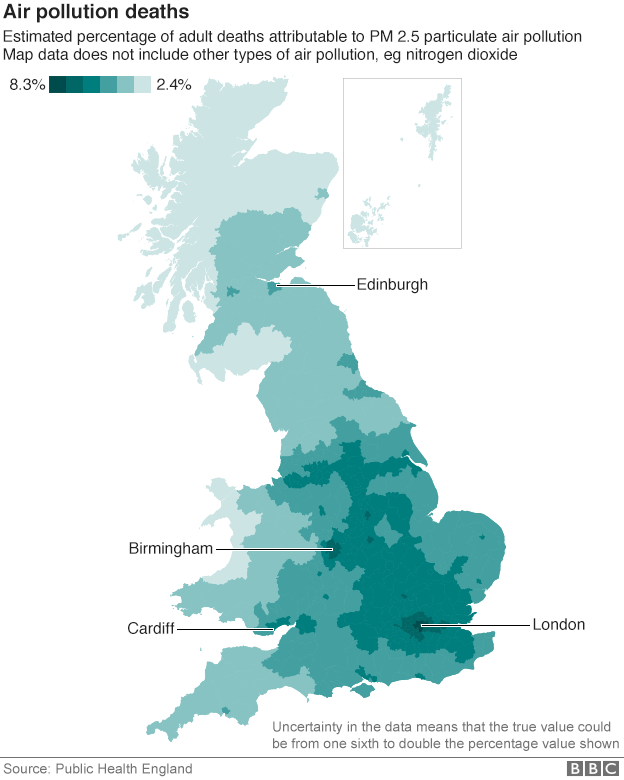
Technically, European air quality actually improved between 2000 and 2014. Levels of PM10 - another tiny pollutant particle - fell in 75% of the EEA's monitored locations.
PM2.5 concentrations also dropped on average between 2006 and 2014.
But EEA executive director Hans Bruyninckx says "unacceptable damage to human health and the environment" is still rife.
Outdoor air pollution contributes to about 40,000 early deaths a year in the UK, according to the Royal Colleges of Physicians and of Paediatrics and Child Health.
Statues dressed with gas masks for pollution protest

What are PM 2.5 particles?
Particulate matter, or PM2.5, is a type of pollution involving fine particles less than 2.5 microns (0.0025mm) in diameter
A second type, PM10, is of coarser particles with a diameter of up to 10 microns
Some occur naturally - eg from dust storms and forest fires, others from human industrial processes
They often consist of fragments that are small enough to reach the lungs or, in the smallest cases, to cross into the bloodstream as well
A build-up of PM2.5 in the lungs has been associated with causing respiratory illnesses and lung damage

What's the damage?
PM particles may contain smoke, dust, soot, metals, nitrates, sulphates, water and rubber from tyres.
David Shukman reports on new research which suggest pollution could be contributing to brain damage
They can get deep into your lungs, causing irritation and inflammation, and some may make it into your bloodstream.
Heart disease and lung conditions are most commonly linked to inhaling air pollution, but your liver, spleen, central nervous system, brain, and even reproductive system can also be damaged.
PM2.5 and PM10 can increase susceptibility to viral and bacterial pathogens, triggering pneumonia in vulnerable people.
Children are most susceptible to illness from air pollution. A major study conducted over six years, external found that children living in highly polluted parts of cities have up to 10% less lung capacity than normal, and the damage can be permanent.

Is Europe worse than elsewhere?
Probably not. According to WHO data released two months ago, nine out of 10 people on the planet now breathe polluted air.
Europe is less affected by indoor air pollution, which the WHO cites as a major killer in large parts of Africa and south Asia.
Around three billion people still cook and heat their homes using solid fuels like wood or animal dung on open fires, and 4.3 million a year die prematurely from illness attributable to the resulting "household air pollution" - mostly from strokes, heart disease or lung deficiencies.
Country-by-country data showed that Turkmenistan has the highest death rate connected to outdoor air pollution.
Tajikistan, Uzbekistan, Afghanistan and Egypt rounded out the top five.
Professor Stephen Holgate says we should not be living in tightly sealed homes
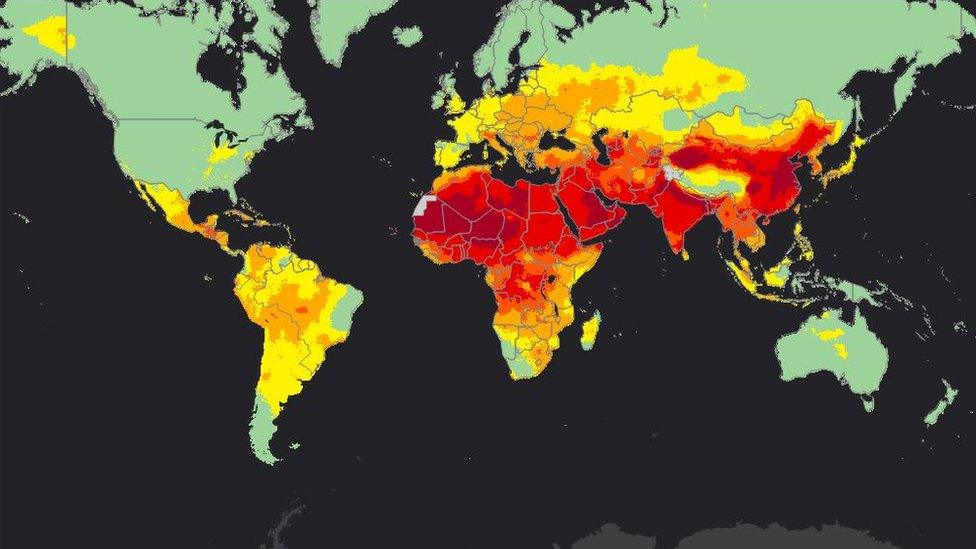
A map of global concentrations of air pollutants, which the WHO says is the most detailed study it has ever released
"Rich countries are getting much better in improving the quality of the air," Dr Carlos Dora from the WHO told the Associated Press.
"Poorer countries are getting worse. That is the overall trend."
Europe is lagging behind North America, however, mostly because it depends more on diesel fuel and farming practices that create ammonia and methane.
China, the country with the sixth-highest death rate linked to air pollution, is relatively wealthy, but is plagued by smog in its cities and polluted air from industrial sources.
India has generated the most troubling smog headlines in recent months. Smoke from fireworks set off during Diwali, the Hindu Festival of Lights, sent Delhi's PM2.5 levels soaring to more than 90 times the level considered safe by the WHO.
Toxic air is a leading cause of premature death in India, where 620,000 people perish every year from pollution-related diseases.
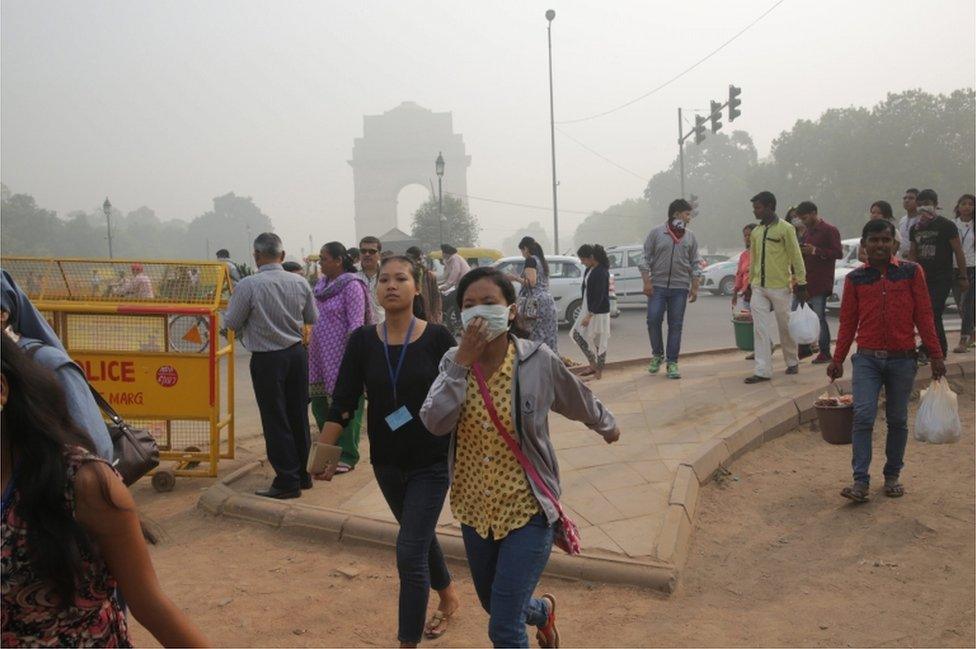
Delhi has dangerously high levels of air pollution, according to WHO safety standards
- Published31 October 2016

- Published23 February 2016

- Published27 September 2016
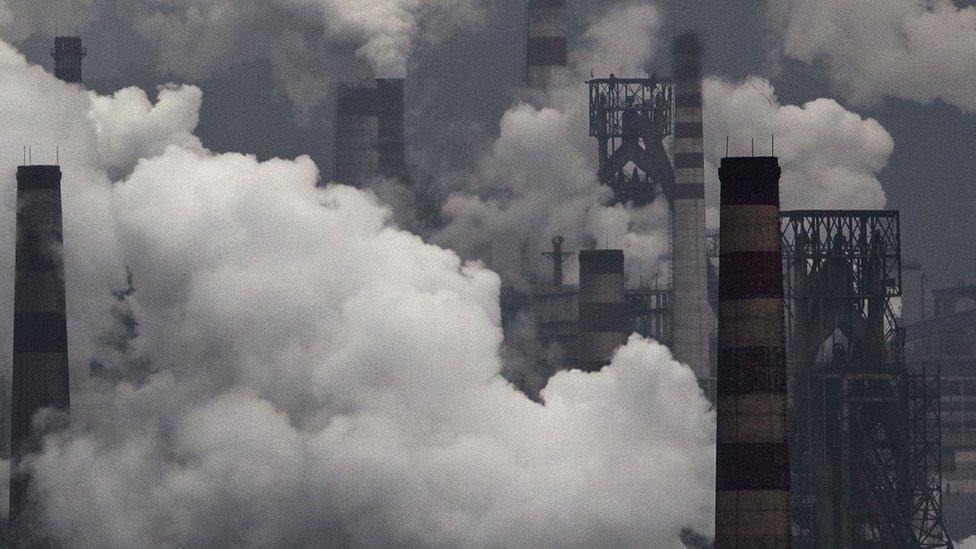
- Published13 February 2016

- Published23 February 2016

- Published5 September 2016